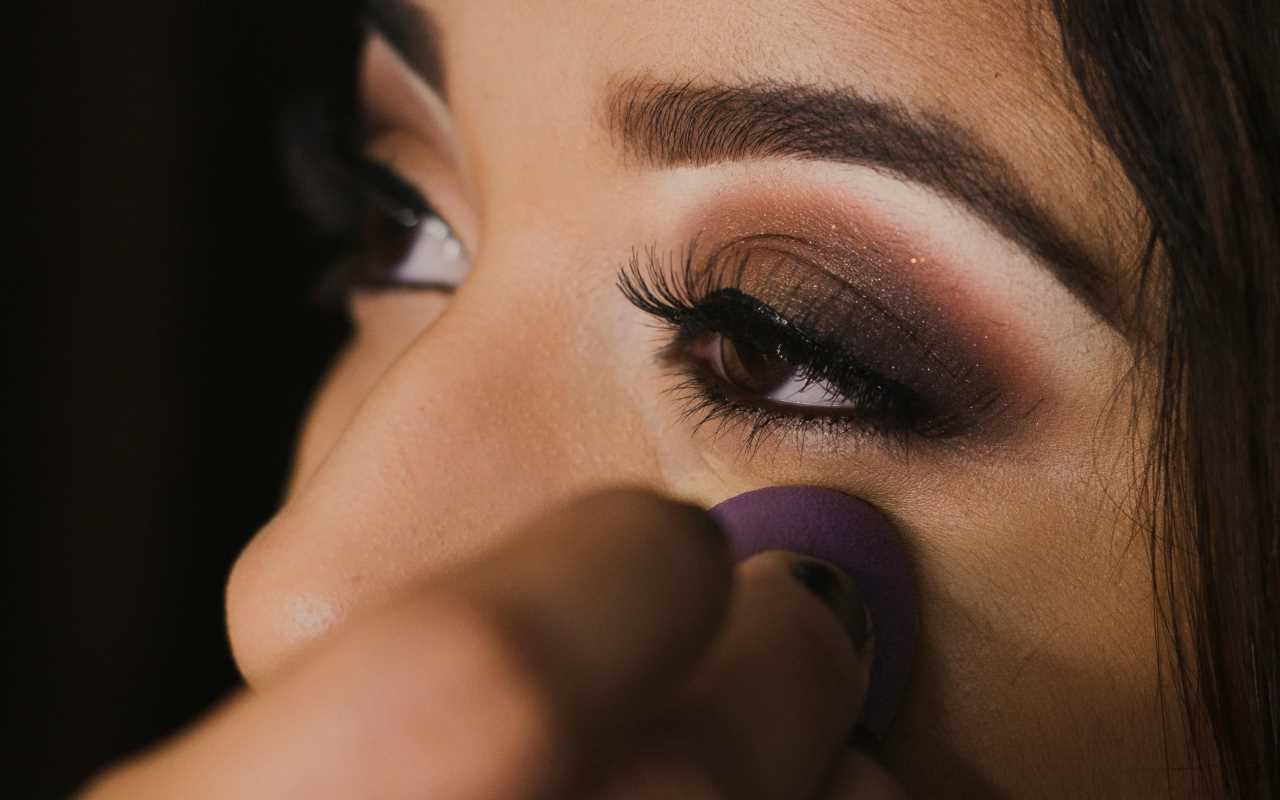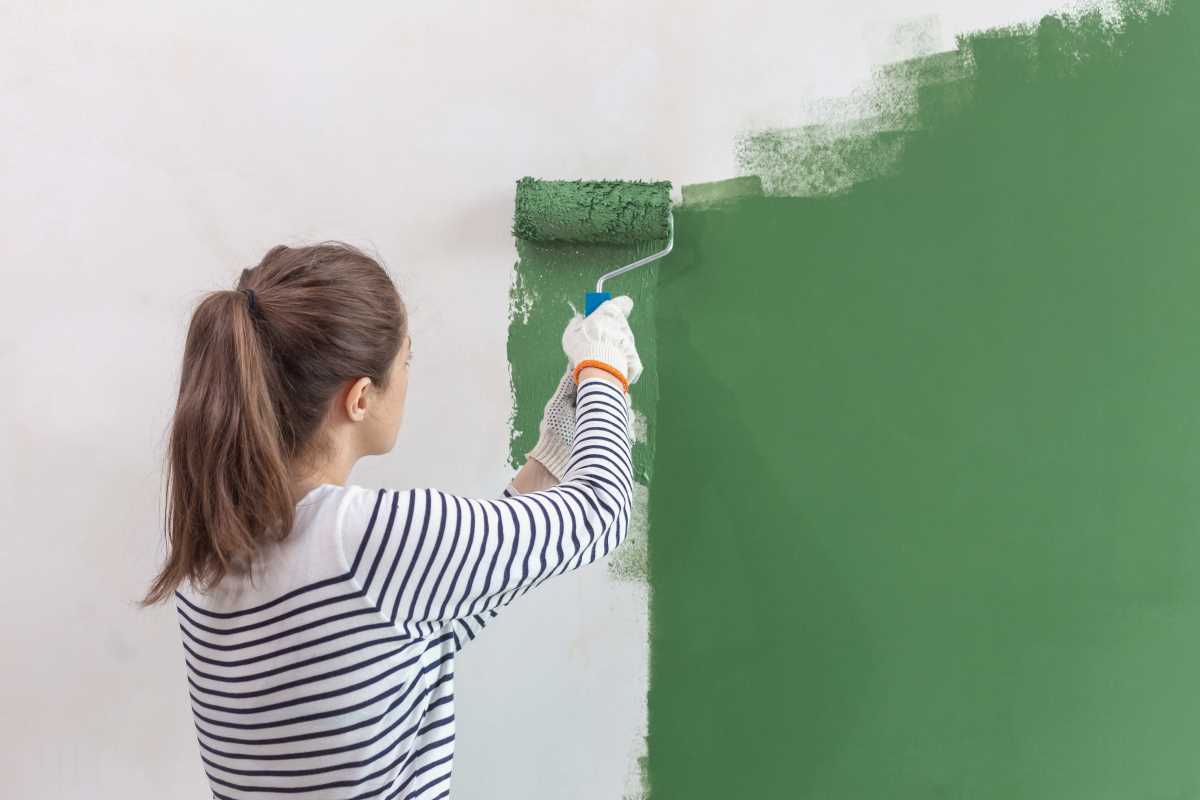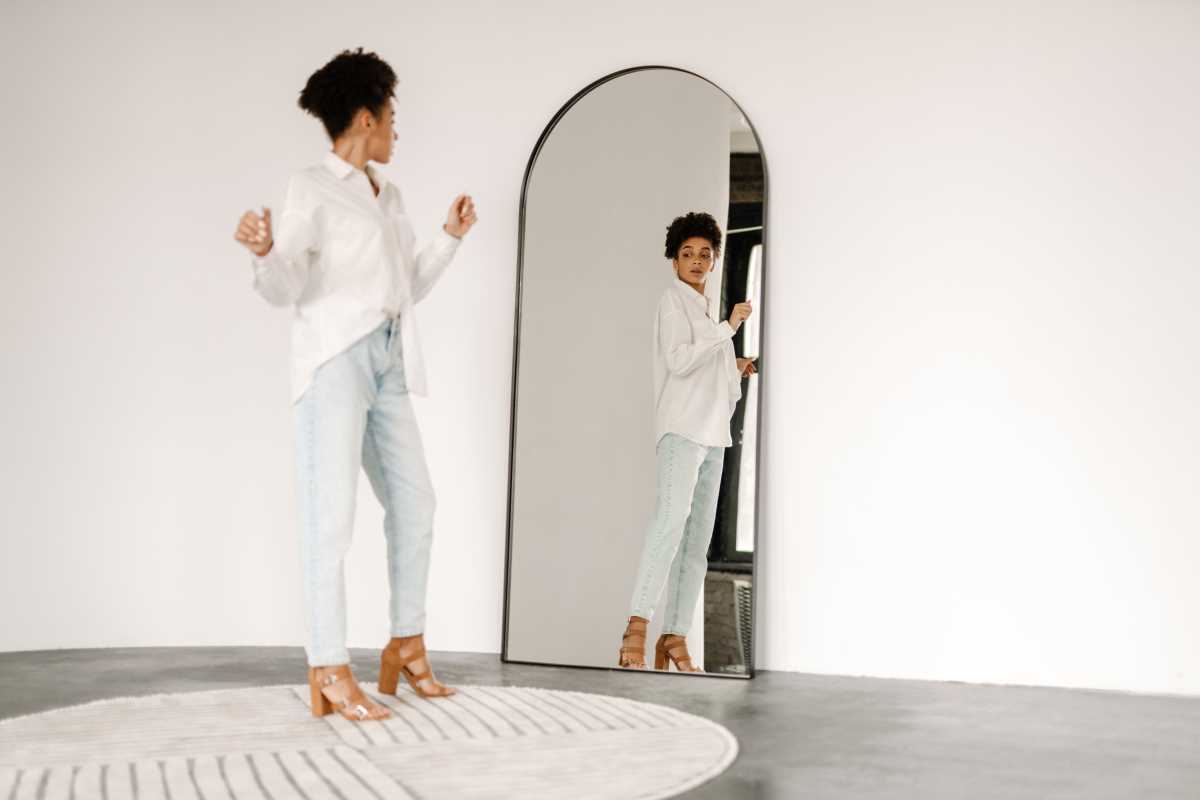Have you ever walked into a room and instantly felt calm, cozy, or just totally impressed—even if the furniture wasn’t fancy or the space wasn’t very big? That’s the magic of lighting. The right lighting can completely change how a room feels. It can make your home look brighter, bigger, cleaner, and even more expensive—without buying new furniture or doing a full renovation.
Good lighting doesn’t mean you have to install chandeliers or spend a fortune on high-end fixtures. In fact, with a few simple tricks and a little planning, you can totally transform any space in your home using lights you probably already have—or can easily grab from a local store. Whether you're trying to create a cozy vibe in the living room, brighten up a dark hallway, or make your kitchen look more stylish, lighting is one of the easiest ways to get big results fast.
In this guide, we’ll walk you through smart lighting tricks that can instantly improve the way your home looks and feels. These tips work in every room of the house and are easy enough for anyone to try. Let’s get glowing!
1. Layer Your Lighting for a Complete Look
One overhead light isn’t enough. If you just rely on that one ceiling light in the middle of the room, your space can end up looking flat, dull, and even a little gloomy. That’s where layering your lighting comes in.
Think of lighting in three layers:
- Ambient lighting – This is your main light source. It could be a ceiling light, chandelier, or flush-mount fixture. Its job is to light up the whole room.
- Task lighting – These are lights that help you do something specific, like a desk lamp for reading or under-cabinet lights in the kitchen for chopping veggies.
- Accent lighting – These are lights that add style or mood, like wall sconces, candles, or a floor lamp in the corner that gives off a warm glow.
Using all three types together makes a room feel balanced and complete.
2. Use Warm Bulbs for a Cozy Vibe
Not all light bulbs are the same. The color of the light they give off makes a huge difference in how your home feels. You’ve probably seen labels like “soft white,” “daylight,” or “cool white” on light bulbs. These labels tell you the color temperature, which is measured in kelvins (K).
- Warm light (2700K–3000K): This is soft, yellowish light that feels cozy and relaxing. Great for living rooms, bedrooms, and dining areas.
- Cool light (4000K–5000K): This looks brighter and whiter, almost like daylight. Good for kitchens, bathrooms, and offices.
- Very cool light (over 5000K): This is more blue and often feels harsh or clinical—not great for cozy home spaces.
If you want your home to feel warmer and more inviting, stick to warm-toned bulbs. They’re flattering, easy on the eyes, and great for making any space feel lived-in and welcoming.
3. Bounce Light with Mirrors and Glossy Surfaces
Want to make a room look brighter without adding more lights? Use mirrors! Mirrors reflect light around the room, making it feel larger and more open. Hanging a mirror across from a window is one of the oldest tricks in the book—it bounces natural light deeper into the room.
You can also use shiny or glossy surfaces like glass tables, polished countertops, or metallic décor pieces. These reflect both natural and artificial light, helping the whole room feel lighter and brighter without a single extra bulb.
4. Put Lamps in Dark Corners
Got a dark corner that just feels blah? Add a lamp. Whether it’s a tall floor lamp or a small table lamp, lighting up a dark corner instantly makes the room feel more balanced. It’s also an easy way to add style, since lamps come in so many fun shapes, colors, and designs.
If you have a plant in the corner, try putting a small spotlight behind or underneath it. It’ll create interesting shadows and give the space a dramatic touch that feels high-end but takes almost no effort.
5. Install Dimmers to Control the Mood
Sometimes you want a bright room for cleaning or reading, but other times you want low, soft lighting for relaxing or watching a movie. A dimmer switch gives you the best of both worlds.
You can install dimmers for overhead lights, wall sconces, or even plug-in lamps (there are easy dimmer switches you can attach to cords). Once you start using them, you’ll wonder how you ever lived without them.
Being able to adjust the light level is especially helpful in dining rooms, bedrooms, and living rooms—places where you want to control the mood based on the time of day or activity.
6. Use Under-Cabinet and Closet Lighting
One of the easiest ways to upgrade your kitchen or bathroom is with under-cabinet lighting. These small, often LED strip lights are simple to install and provide focused light right where you need it. They’re perfect for meal prep or just giving your countertops a glow that makes the whole space feel more modern.
The same goes for closets. Stick-on battery-powered lights can turn a dark, messy closet into a tidy, lit-up space. Plus, it makes finding your stuff a lot easier.
7. Play With Height and Placement
Not all lighting has to be high up. Mixing up the height of your lights adds depth and interest to a room. Try combining a floor lamp with table lamps and even low-hanging pendant lights for a designer-style look.
Also, think about where you’re placing your lights. A small lamp on a bookshelf, a light on the windowsill, or a glowing lantern in a hallway can create visual interest and charm without needing to redo the whole room.
8. Use Smart Bulbs for Easy Changes
Smart bulbs are a game-changer. With just your phone or voice assistant, you can change the color, brightness, and even set schedules for your lights. Want to wake up to a soft sunrise glow? Set a timer. Want to turn your living room into a movie theater? Switch to a warm, dimmed light with one tap.
They’re also great for saving energy, since you can turn off lights remotely or put them on timers to avoid wasting electricity.
9. Highlight Artwork or Architecture
Have a cool painting, bookshelf, fireplace, or textured wall? Use lighting to show it off. Accent lights like picture lights, uplights, or track lighting can draw attention to the best features of your home.
Even a simple spotlight aimed at a piece of art can make it look more important and stylish. This trick is often used in museums and designer homes—and you can do it too.
10. Go for Balance, Not Brightness
Some people think more lights automatically mean better lighting. But that’s not always true. You don’t want your home to feel like a hospital or big-box store.
The goal isn’t to make everything super bright—it’s to create balance. That means having the right mix of direct and indirect light, warm and cool tones, and multiple sources spread out across the room.
Try turning off your overhead lights and using only lamps or string lights for a while—you might love the softer, more relaxed vibe it creates.
 (Image via
(Image via





